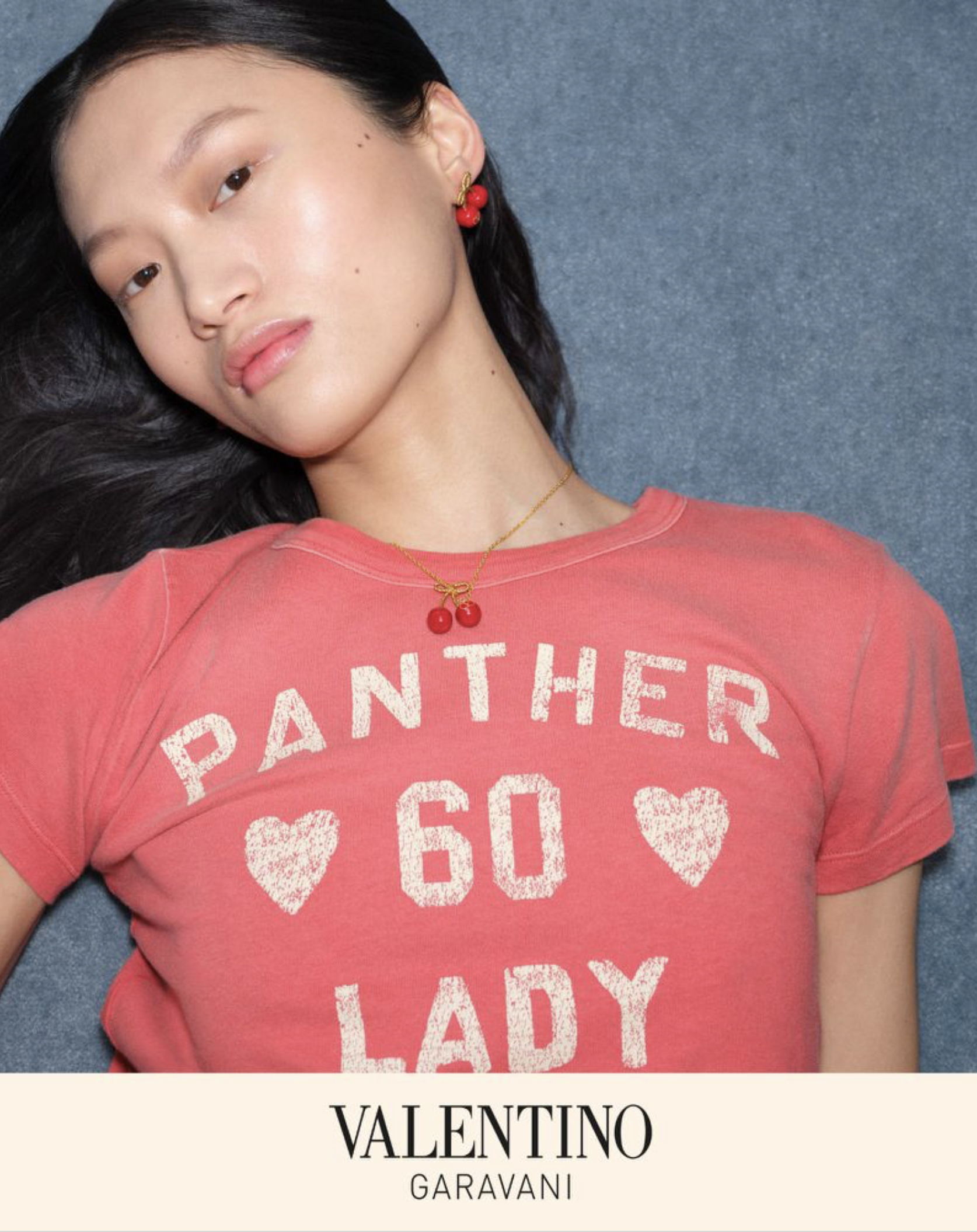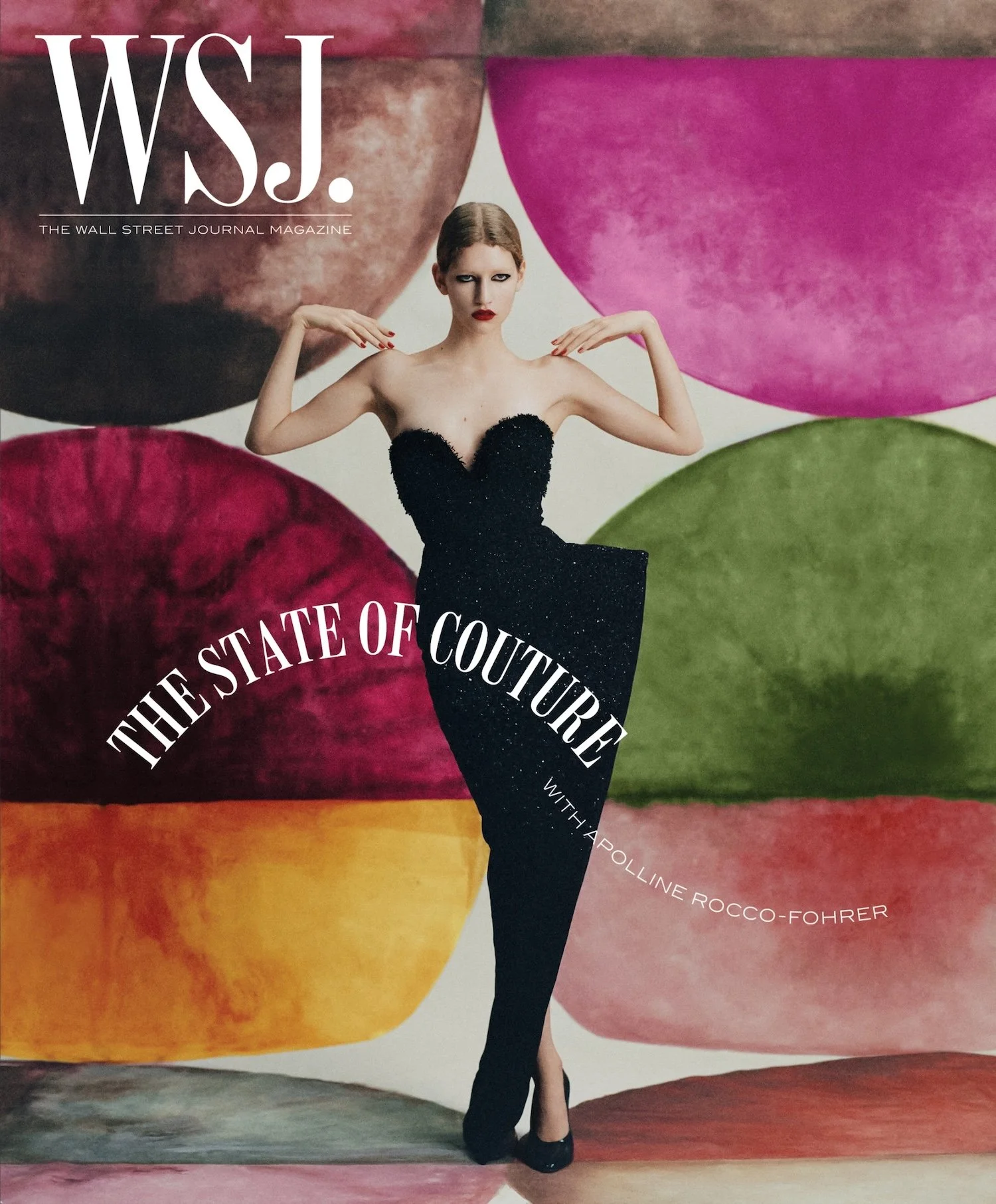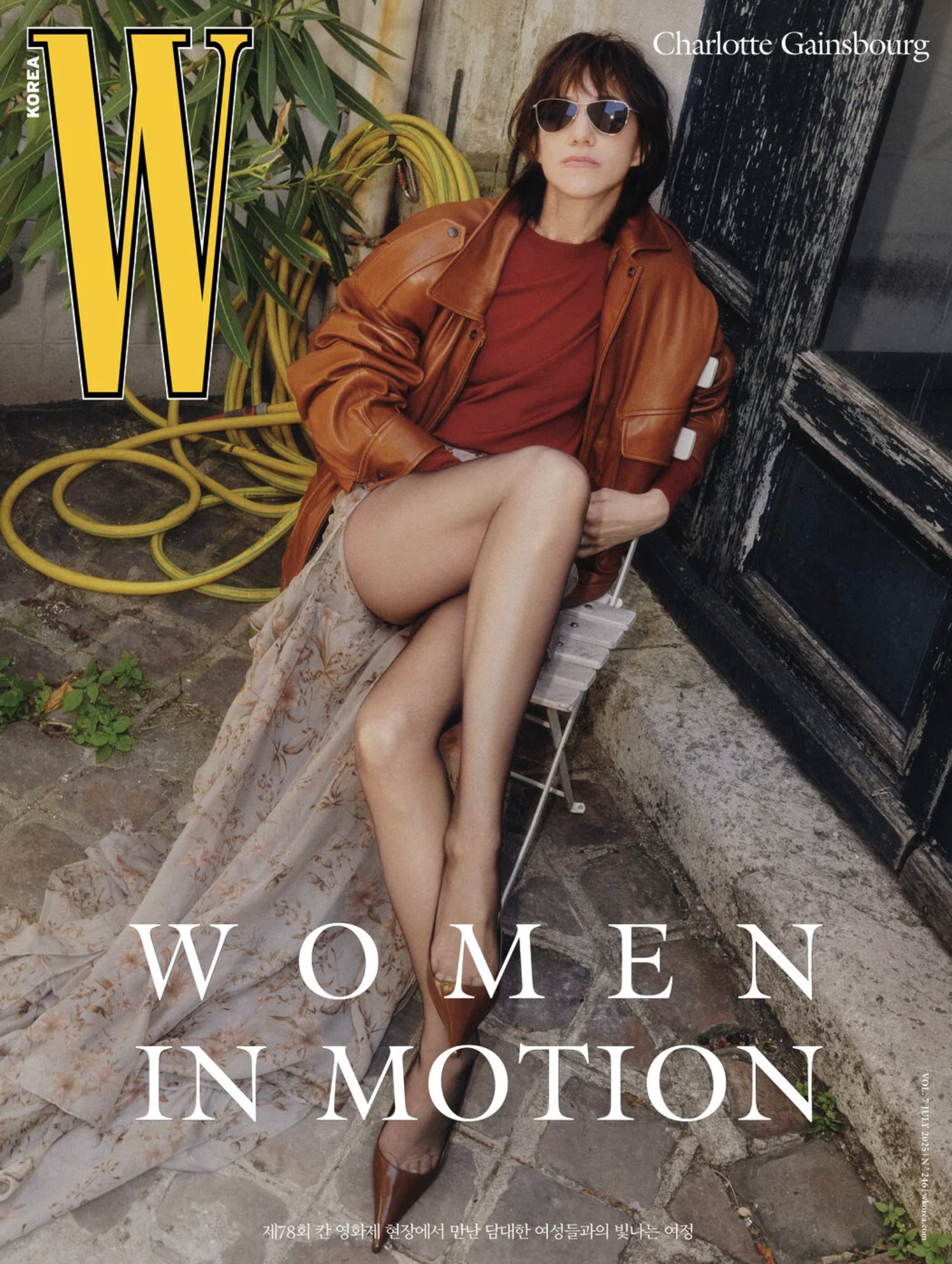Yilhan Hua in Valentino 520 Campaign 2025 Represents China's Independent Women
/Rising Chinese model Yilhan Hua fronted the Valentino 520 Campaign 2025, celebrated last week. Francesca Cefis styled the young woman considered to be a future fashion and media superstar in images by Liv Liberg [IG]. The campaign zeros in on the Valentino Garavani Viva Superstar bag. / Hair by Kim Garduno; makeup by Joel Babicci
Modern Chinese Women
Yilan doesn’t necessarily embody the traditional beauty standards revered by Chinese audiences,” former EIC of Vogue China Margaret Zhang told the New York Times in March 2024. “What’s different about her is that she is a real chameleon. Any photographer or designer can see in her a version of a woman they’re looking to convey in their work, and as a result she hasn’t been pigeonholed into one aesthetic or one category of shows.”
Standing at 5’11” tall, Hua very much represents modern women in China: accomplished women who aren’t in any hurry to get married. Many women are choosing to prioritize education and careers over traditional marriage and motherhood, and they are also contributing significantly to China's economy through their spending power.
Both the Hurun Research Institute and Forbes estimate that China continues to product two-thirds of the world’s selfmade, women billionaires.
It’s no accident that luxury brands promoting 520 campaigns have focused on the growing independence of Chinese women in their marketing. It’s the same trend that has driven luxury jewelry sales in recent years.
Marriage rates have been declining in China since 2014, and in 2024, the number of new marriages recorded fell to a record low. This trend is driven by a combination of factors, including changing attitudes towards marriage, increasing economic uncertainty, and rising costs of living.
China’s epic birth rate crisis, resulting from its one-child policy is not improving. Despite a small bump in 2024, China’s fertility rate last year was 1.0 births, compared to America’s 1.6, which is also too low to replace those Americans who died in 2024.
























